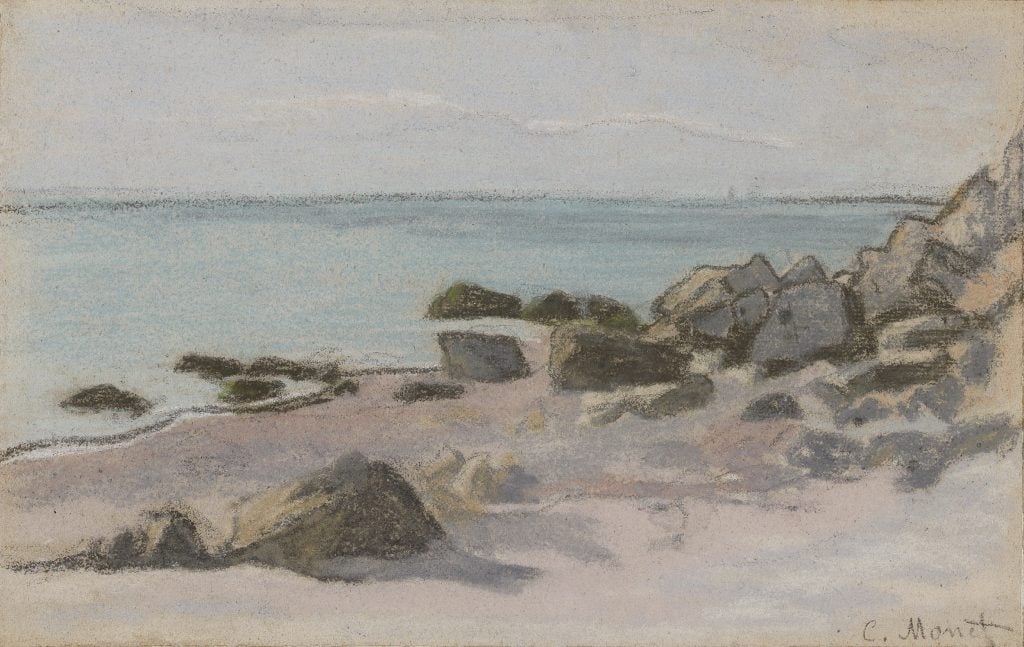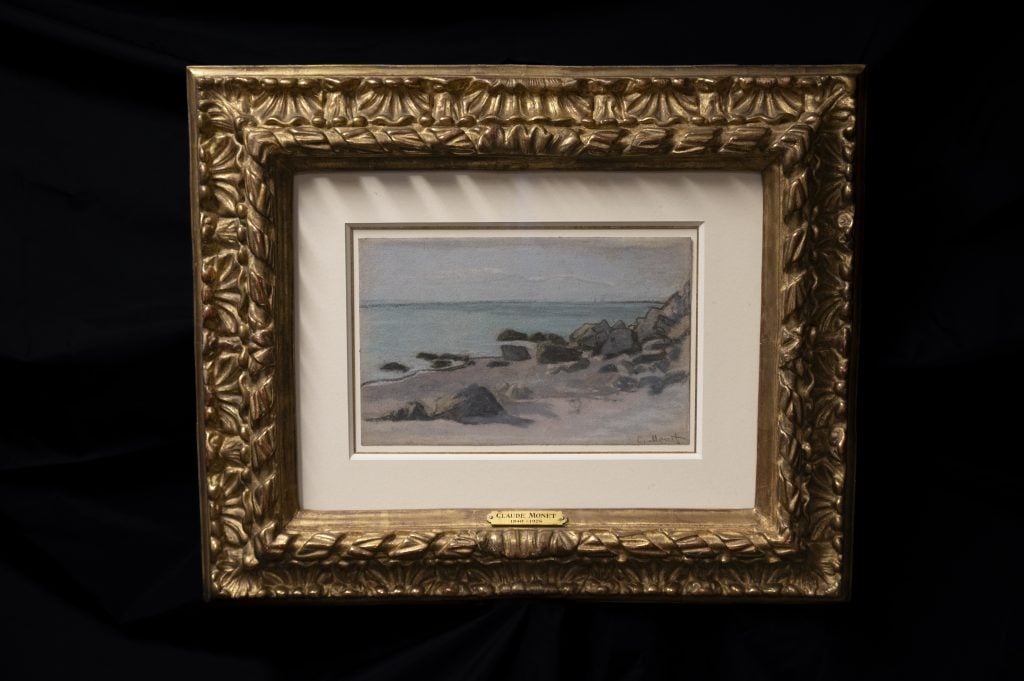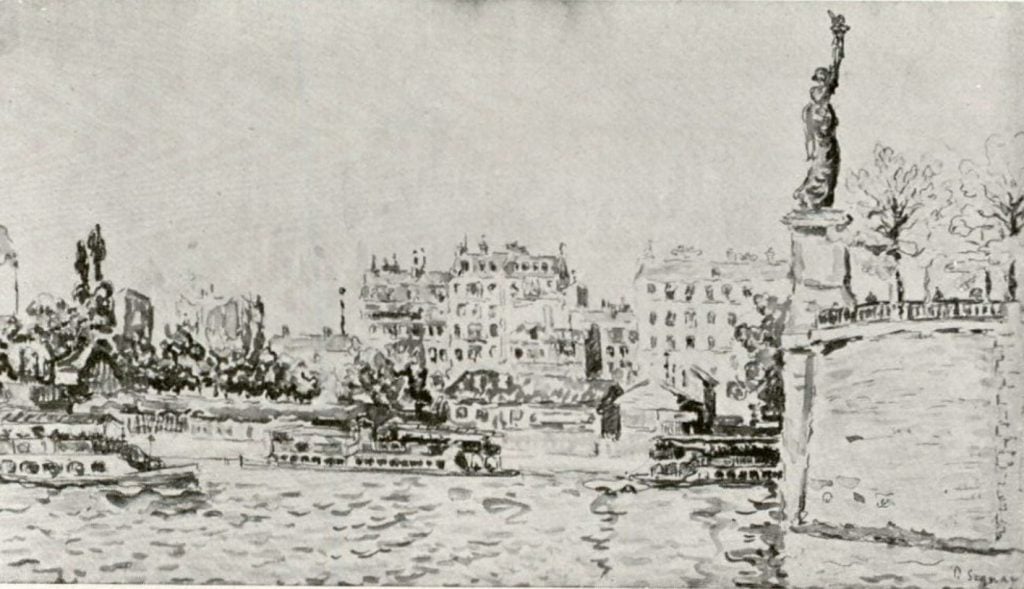Law & Politics
Nazi-Looted Monet Painting Returned to Jewish Collector’s Heirs
'Bord de Mer' was first identified when it came up for auction in 2021.

'Bord de Mer' was first identified when it came up for auction in 2021.

Richard Whiddington

An early Claude Monet pastel on paper that was forcibly seized from a Jewish family by the Gestapo in 1940 is set to be returned to the original owner’s heirs after the intervention of the FBI’s Art Crime Team.
The restitution marks a single bright note in the protracted story of the Parlagi family’s search for justice. After Germany’s annexation of Austria in 1938, Bela and Hilda Parlagi fled for London and placed their possessions, including a considerable art collection, with a Vienna transport company for onward shipment. It never arrived. Instead, the Parlagi’s property was confiscated and sold in 1941 and 1942 at the city’s Dorotheum auction house with the proceeds going to the government.
After the war, first Bela Parlagi and later his son, Franz Parlagi, carried out painstaking efforts to recover the stolen family property. Neither one succeeded in tracing their artworks. It was widely known that the Monet painting, Bord de Mer (1865), had been bought by the Viennese auctioneer Adolf Weinmuller, though the man denied any knowledge of the painting and it then disappeared for nearly 80 years.

Claude Monet. Bord de Mer (1865). Photo: FBI.
Bela Parlagi died in 1981 followed by his son in 2012 and the restitution mission duly passed onto the next generation, who enlisted the London-based Commission for Looted Art for help. Attention was first raised when Bord de Mer surfaced at an auction in New Orleans in 2021. Its Stateside appearance had followed a showing at small museum in Eastern France on loan from a Parisian gallery. The work’s provenance was murky and couldn’t be traced pre-1953—Bela Parlagi’s purchase, by contrast, at an April 1936 Albert Kende auction was well-documented.
In 2023, when Bord de Mer was again listed for sale at a Houston art gallery, the FBI acted, informing the current owners, the Schlamps, of the artwork’s history and moving to return it to the Parlagi heirs. The Schlamps willingly surrendered the Monet and their ownership rights, and after a judgement from the U.S. Attorney’s Office for the Eastern District of Louisiana, the work has returned to the Parlagi heirs.
“Our grandfather would have been so happy to find out this Monet was being restituted after all his attempts over the years,” the heirs, Helen Lowe and Fracoise Parlagi, said in a statement. “This is a very moving and exceptional day for us, a day neither of us ever thought would happen.”

Paul Signac, Seine in Paris (1903). Photo: FBI.
Monet’s pastel, which depicts the painter’s native Normandy seafront near Saint Addresse, is one of six notable Parlagi artworks that remain missing. These include a Camille Pissarro charcoal drawing of a fisherman, a Paul Signac watercolor of the Seine running through Paris, and two oil paintings by the German Romantic Carl Spitzweg. In March of this year, the Commission for Looted Art in Europe succeeded in returning Portrait of Richard Wagner (1894) by Franz von Lenbach to the family which had been in the collection of the Albertina Museum in Vienna.
“For 80 years, the family have made tireless efforts to find and recover their looted paintings,” said Anne Webber, co-chair at the Commission for Looted Art. “Now, thanks to the commitment of the FBI to investigate and track down the picture, a day the family never believed would come has finally arrived.”